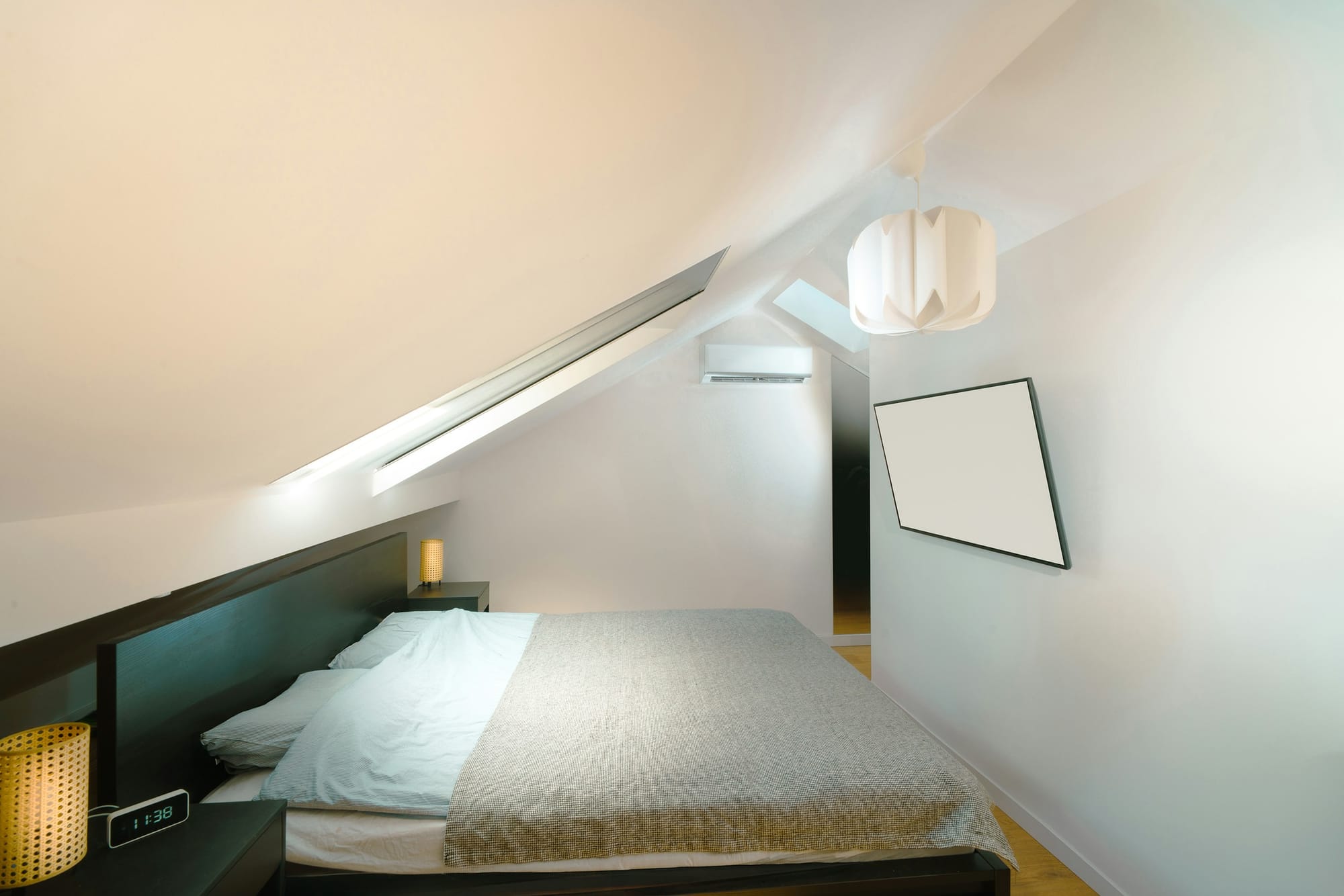Can You Use Ceiling Paint as Primer? Expert Insights

Key Features
- Surface Preparation: Properly cleaning, sanding, and prepping the surface is critical to achieving good results, whether using ceiling paint or a traditional primer.
- Application Techniques: Apply ceiling paint in thin, even coats and allow sufficient drying time between layers to prevent issues later with the topcoat.
- Alternative Solutions: Consider using paint-and-primer-in-one products or traditional primers designed for specific needs, like mold resistance or high adhesion.
The Common Question Among DIY Painters: Can You Use Ceiling Paint as Primer?
Many DIY enthusiasts wonder whether they can use ceiling paint as a primer to save both time and money. Ceiling paint is often thicker and less expensive, so it seems like an easy shortcut. But is it really a good idea? This article explores the pros, cons, and expert opinions to help you make an informed decision.
Understanding the Basics: What Is Ceiling Paint and What Is Primer?
The Role of Ceiling Paint
Ceiling paint is formulated to be thicker with a flat, non-reflective finish. Its primary purpose is to hide imperfections on ceilings while preventing light glare. Unlike primers, ceiling paint is not designed to seal surfaces or enhance paint adhesion. It works best as a one-coat application for areas not exposed to high wear or moisture.
The Purpose of Primer
Primers, on the other hand, are designed to seal porous surfaces, create a smooth base, and improve the adhesion of topcoats. There are various primers for specific needs, such as stain-blocking or bonding primers, that ensure the paint lasts longer and adheres better, especially on tough surfaces like new drywall, wood, or metal.
Things to Know
- Ceiling paint may work as a primer on pre-painted surfaces in good condition, but it’s not recommended for new or porous surfaces.
- Proper surface preparation, including cleaning and sanding, is key to achieving good results when using any type of paint or primer.
- For projects requiring stain-blocking or enhanced adhesion, it’s best to use a dedicated primer or a paint-and-primer-in-one product designed for the job.
Can You Really Use Ceiling Paint as Primer? Expert Opinions
When It Might Work
In some cases, using ceiling paint as a primer might work, especially if you're painting over an already smooth and painted surface. Ceiling paint can act as an undercoat, but remember, it doesn't offer the same bonding or stain-blocking properties as a dedicated primer.
When to Avoid It
Avoid using ceiling paint as primer on new or porous surfaces like drywall or wood. Ceiling paint lacks the necessary adhesion and stain-blocking abilities that these surfaces require. Without a proper primer, your final coat may not stick well, leading to peeling or cracking over time.
The Pros and Cons of Using Ceiling Paint as Primer
Pros: Cost-Effective and Convenient
If you have leftover ceiling paint and are looking to complete a small project on a budget, using it as a primer might save you a few dollars. It's convenient for projects where high performance isn't a priority.
Cons: Compromised Performance
Ceiling paint doesn't offer the same level of adhesion, stain-blocking, or durability as a true primer. This could lead to issues like paint failure, requiring costly touch-ups or even repainting down the road.
Expert Tips for Using Ceiling Paint as Primer
Surface Preparation Is Key
Whether you’re using ceiling paint or a true primer, preparing the surface is critical. Clean, sand, and dust your walls thoroughly to ensure a smooth, even application and better adhesion of the topcoat.
Application Techniques
Apply ceiling paint in thin, even coats, and allow ample drying time between each layer to avoid problems with the final topcoat. Multiple coats may be necessary to achieve full coverage.
Follow Up with a Quality Topcoat
Even if you use ceiling paint as a primer, it's essential to follow up with a high-quality topcoat for the best results. Look for paints that complement the characteristics of ceiling paint and provide a durable, long-lasting finish.
In Our Experience
"In our experience, while ceiling paint can sometimes serve as a primer in certain cases, it often lacks the specialized qualities needed for a successful long-term finish. Using ceiling paint as a primer might save money upfront, but investing in a quality primer can prevent future problems like peeling, cracking, or stain bleed-through."
Alternative Solutions: When to Stick with Traditional Primer
Specialty Projects
For projects requiring extra adhesion, stain-blocking, or moisture resistance, it's better to use traditional primers. These are specially formulated to address issues that ceiling paint simply cannot.
Primer Alternatives
Paint-and-primer-in-one products offer a convenient middle ground for DIYers. They provide better performance than ceiling paint alone, particularly in areas requiring enhanced durability or protection.
Weighing Your Options
While ceiling paint can be used as a primer in certain cases, it's not always the best choice. Surfaces like new drywall or wood require the bonding and stain-blocking properties of a dedicated primer for long-lasting results. For most projects, it's worth investing in a traditional primer to avoid potential problems down the road. Share your experiences or ask questions in the comments below to continue the discussion.
Do You Have Questions? Give Us A Call With Any & All! 503-389-5758
-
People Also Ask:
Can I use ceiling paint as a primer for walls?
Yes, ceiling paint can sometimes work as a primer on pre-painted walls in good condition. However, it lacks the bonding strength and specialized properties of a true primer.
What is the difference between ceiling paint and primer?
Ceiling paint is formulated to hide imperfections and provide a flat finish, while primer is designed to seal surfaces, improve adhesion, and block stains.
When should I avoid using ceiling paint as primer?
It’s best to avoid using ceiling paint as primer on new drywall, bare wood, or surfaces that require extra stain-blocking or moisture resistance.
-
Subscribe to Our Blog & Elevate Your DIY Game! Never miss a beat! Join the Lightmen Painting community and get the latest insights on painting, DIY projects, and expert tips delivered straight to your inbox.
Have something specific in mind? We’d love to hear your ideas! Let us know what topics or projects you’re curious about—your input shapes our next posts.
Subscribe now and let’s transform your spaces together!
If your in the Portland, Or. area and need advice or a free no obligation estimate call us at 503-389-5758 or email scheduling@lightmenpainting.com
Shout Out:
RealEstate US News - House Painting Rules to Follow
RealEstate US News provides practical advice on house painting, ensuring homeowners get the most value out of their investment. At Lightmen Painting, we believe in following best practices to deliver exceptional results, and this guide is a great starting point for anyone considering a fresh coat. Explore their tips at US News Real Estate.
Thanks for stopping by Lightmen Daily! Stay tuned for more practical tips and expert advice on making your painting projects flawless, from wall to floor!
Definitions
- Ceiling Paint: A thicker paint with a flat finish, designed to cover imperfections and reduce glare, typically used on ceilings.
- Primer: A specialized paint product used to prepare surfaces for painting by sealing porous areas, improving adhesion, and blocking stains.
- Surface Preparation: The process of cleaning, sanding, and priming a surface to ensure a smooth, long-lasting finish.
- Topcoat: The final layer of paint applied over primer or a base coat, providing the desired color and finish.
- Bonding Primer: A type of primer designed to adhere to difficult surfaces, such as glossy or slick surfaces.
- Stain-Blocking Primer: A primer that prevents stains from bleeding through the topcoat, commonly used on water-damaged or nicotine-stained walls.
- Multi-Purpose Primer: A versatile primer suitable for a variety of surfaces, providing both stain-blocking and adhesion properties.
- VOC (Volatile Organic Compounds): Chemicals that can evaporate from paint and affect indoor air quality, commonly found in some primers and paints.
- Paint-and-Primer-in-One: A product designed to combine the functions of both paint and primer, often marketed as a time-saving option.
- Adhesion: The ability of paint or primer to stick to a surface, ensuring a durable, long-lasting finish.
Lightmen Painting Serving: Portland, Tigard, Lake Oswego, Tualatin, West Linn, Milwaukie, Sherwood, Happy Valley, Oregon City, Beaverton, Hillsboro, Gresham -Trade Partners-

